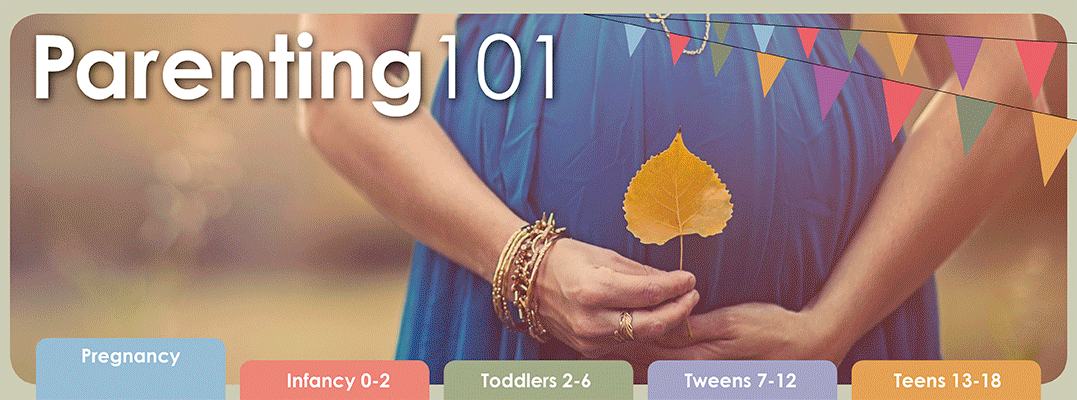Teaching Your Children About Strangers
Teaching your children about strangers
Children see strangers every day in stores, in the park, and in their neighbourhoods. Most of these strangers are nice, normal people, but a few may not be.
Parents can protect their children from dangerous strangers by teaching them about strangers and suspicious behaviour, and by taking a few precautions of their own.
A stranger is anyone that your family doesn’t know well. When you talk to your children about strangers, explain that no one can tell if strangers are nice or not nice just by looking at them and that they should be careful around all strangers.
But don't make it seem like all strangers are bad. If children need help, the safest thing for them to do in many cases is to ask a stranger for help. You can make this easier for them by showing them which strangers are okay to trust.
Safe strangers are people children can ask for help when they need it. Police officers and firefighters are two examples of very recognisable safe strangers. Teachers, principals, and librarians are adults children can trust too, and they are easy to recognise when they’re at work.
But make sure that you emphasise that whenever possible, children should go to a public place to ask for help.
You can help your children recognise safe strangers by pointing them out when you’re out in your town. Also show your children places they can go if they need help, such as local stores and restaurants and the homes of family friends in your neighbourhood.
Recognising dangerous situations
Perhaps the most important way parents can protect their children is to teach them to be wary of potentially dangerous situations, this will help them when dealing with strangers as well as with known adults who may not have good intentions.
Help children recognise the warning signs of suspicious behaviour, such as when an adult asks them to disobey their parents or do something without permission, asks them to keep a secret, asks children for help, or makes them feel uncomfortable in any way.
Also tell your children that an adult should never ask a child for help, and if one does ask for their help, teach them to find a trusted adult right away to tell what happened.
If in a dangerous situations, kids should say no, run away, yell as loud as they can, and tell a trusted adult what happened right away. Make sure that your children know that it is okay to say no to an adult in a dangerous situation and to yell to keep themselves safe, even if they are indoors.
What parents can do
In addition to teaching children how to recognise and handle dangerous situations and strangers, there are a few more things parents can do to help their children stay safe and avoid dangerous situations.
Know where your children are at all times. Make it a rule that your children must ask permission or check in with you before going anywhere. Give your children your work and cell phone numbers so they can reach you at all times.
Teach children to trust their instincts. Explain that if they ever feel scared or uncomfortable, they should get away as fast as they can and tell an adult. Reassure children that you will help them when they need it.
Encourage your children to play with others. There’s safety in numbers.
Interesting Facts About Children
Source: 10 Facts About

